Home>Dining>Tableware>How To Tell The Difference Between Salt And Pepper Shakers
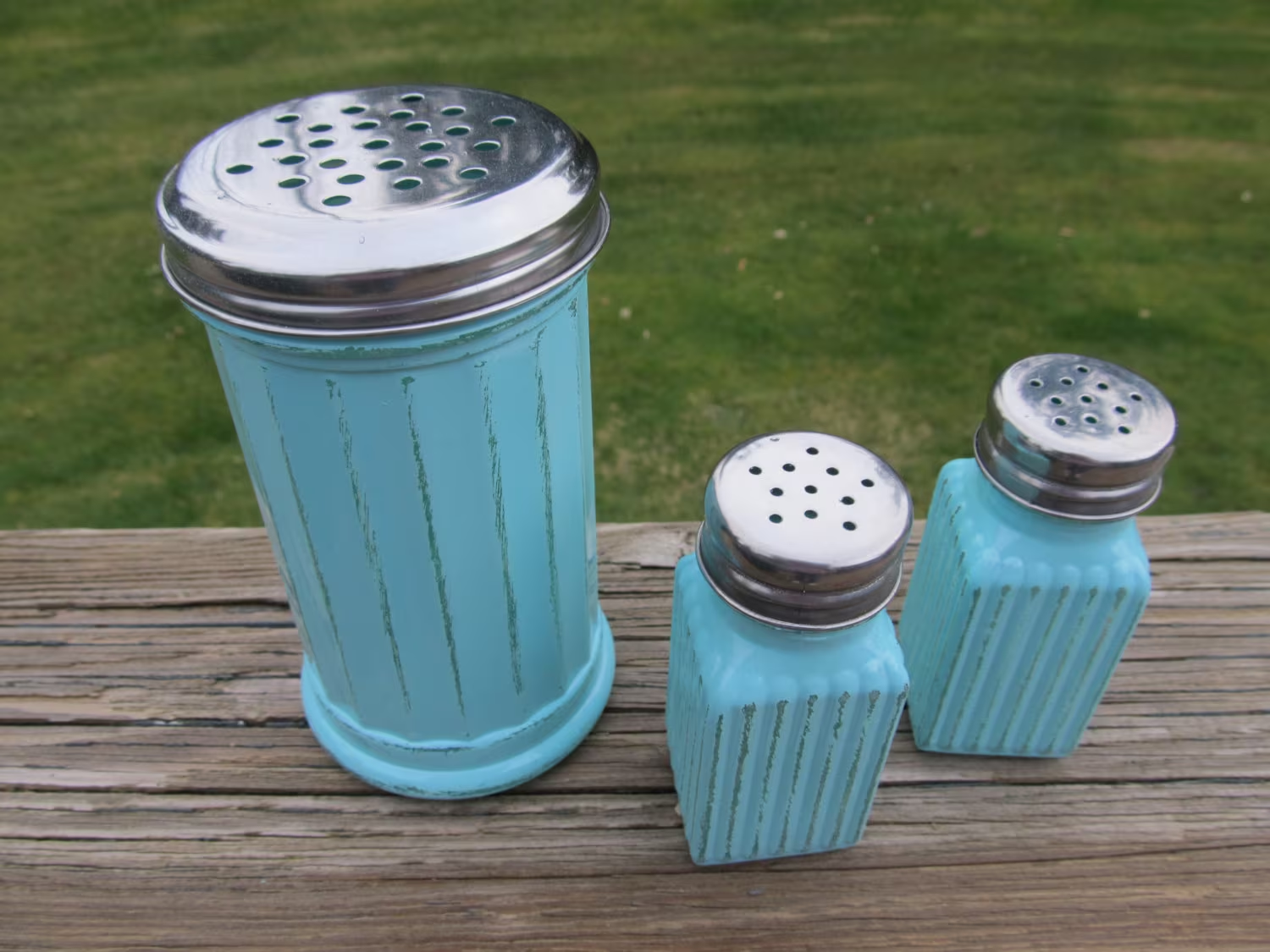

Tableware
How To Tell The Difference Between Salt And Pepper Shakers
Modified: February 24, 2024
Learn how to easily identify between salt and pepper shakers with this helpful guide on tableware. Perfect for avoiding seasoning mix-ups at the dinner table.
(Many of the links in this article redirect to a specific reviewed product. Your purchase of these products through affiliate links helps to generate commission for Storables.com, at no extra cost. Learn more)
Introduction
When it comes to tableware, salt and pepper shakers are essential items found in every kitchen and dining table. While they both serve the purpose of adding flavor to our food, they have distinct characteristics that set them apart. In this article, we will delve into the key differences between salt and pepper shakers, helping you identify them with ease.
At first glance, salt and pepper shakers may look similar, often sharing similar shapes and sizes. However, by paying closer attention to details such as size and shape, number of holes, labeling or design, colors or materials, and their usage or functionality, you can easily differentiate between the two. Let’s explore each of these factors in depth.
Key Takeaways:
- Size and shape are key differentiators between salt and pepper shakers. Salt shakers are larger with fewer holes, while pepper shakers are smaller with more holes for controlled distribution.
- Pay attention to labeling, materials, and functionality to distinguish between salt and pepper shakers. Look for “Salt” or “Pepper” labels, neutral colors for salt, and grinding mechanisms for pepper.
Size and Shape
The size and shape of salt and pepper shakers can vary, but there are some common patterns that can help you differentiate between them. In general, salt shakers are often slightly larger and broader than pepper shakers. This is because salt crystals are often larger than ground pepper, and salt shakers need a larger opening to allow the crystals to flow freely.
Additionally, salt shakers may have a wider base to accommodate the larger amount of salt they hold. They may also have a slightly different shape, such as a flatter bottom to prevent them from tipping over easily.
In contrast, pepper shakers are typically smaller and narrower in shape. They are designed to dispense finely ground pepper, which requires smaller holes and a more concentrated distribution. The smaller size and shape ensure that the pepper is evenly dispersed without overwhelming the dish.
When identifying salt and pepper shakers, pay attention to their size and shape. While there can be variations, these general guidelines will help you distinguish between the two.
Number of Holes
The number of holes on the top of a shaker can provide a clue about whether it is a salt or pepper shaker. Salt shakers typically have fewer holes compared to pepper shakers.
Salt shakers typically have fewer holes, usually with one or a few larger openings. This is because salt crystals are larger and require more space to flow freely. The larger openings allow for easy distribution of the salt onto your food.
On the other hand, pepper shakers have more holes, usually with smaller openings. This is because ground pepper is finer in texture and can easily clump together. The smaller holes help control the flow of finely ground pepper, ensuring a more controlled distribution.
Examining the number and size of holes on the top of a shaker can be a quick and easy way to distinguish between salt and pepper shakers.
Labeling or Design
The labeling or design of salt and pepper shakers can provide clear indications of their contents. Many manufacturers incorporate visual cues or labels to differentiate between the two.
Salt shakers are often labeled with the word “Salt” or have a distinctive symbol, such as an “S” or a picture of a salt shaker. This labeling makes it easy to identify the shaker’s contents with just a glance. Additionally, salt shakers may have a coarser texture or a matte finish, giving them a distinct look and feel.
Pepper shakers, on the other hand, are often labeled with the word “Pepper” or have a symbol like a pepper grinder or a picture of peppercorns. These visual cues help distinguish them from salt shakers. Moreover, pepper shakers may have a sleek or shiny design, resembling a pepper mill or grinder.
When in doubt, look for any labeling or design elements that indicate whether the shaker contains salt or pepper. It is an easy way to quickly identify the contents of a shaker.
Look for the number of holes in the shaker lid – typically, salt shakers have fewer holes than pepper shakers. Salt shakers usually have 3-5 holes, while pepper shakers have more, around 6-8 holes.
Colors or Materials
The colors and materials used in the construction of salt and pepper shakers can also provide valuable clues in differentiating between the two.
Salt shakers are commonly made from materials such as glass, ceramic, or plastic. They often come in neutral or translucent colors, such as white, clear, or light shades. This is because salt is typically white or off-white in color, and these materials allow you to see the contents inside.
On the other hand, pepper shakers can vary in materials and colors. They are often made from materials like stainless steel, glass, or even wood. Pepper shakers can come in a range of colors, including black, silver, or even vibrant colors to add a touch of personality to the dining table.
By observing the colors and materials used in the construction of a shaker, you can make an educated guess about whether it is meant for salt or pepper.
Usage or Functionality
The usage or functionality of salt and pepper shakers can provide additional clues to determine their purpose.
Salt shakers are designed to sprinkle a small amount of salt onto food to enhance its flavor. They often have a shaker top with larger holes, allowing for easy and controlled sprinkling. Some salt shakers also come with a lid or a cap to protect the salt from moisture or contaminants.
Pepper shakers, on the other hand, are designed to grind or sprinkle ground pepper onto food. They may have a built-in grinder mechanism or come with a separate pepper mill. This allows you to grind pepper directly onto your dishes, offering a fresher flavor. Pepper shakers often have smaller holes or an adjustable grinder, giving you control over the amount of pepper you want to use.
Understanding the usage or functionality of a shaker can help you identify whether it is meant for salt or pepper.
Conclusion
Being able to differentiate between salt and pepper shakers is a handy skill, whether you’re setting the table or cooking in the kitchen. While they may appear similar at first glance, paying attention to details such as size and shape, number of holes, labeling or design, colors or materials, and their usage or functionality can help you easily identify the contents of each shaker.
Remember that salt shakers are typically larger, have fewer holes, and may be labeled or designed with a coarser texture. Pepper shakers are usually smaller, have more holes, and may be labeled or designed with a sleek appearance or a symbol of a pepper grinder.
By incorporating these observations into your table setting or kitchen routine, you’ll ensure that you reach for the correct shaker every time, enhancing the flavors of your favorite dishes with just the right amount of salt and pepper.
Now that you can confidently distinguish between salt and pepper shakers, you’ll be able to add that special touch to your meals with ease!
Frequently Asked Questions about How To Tell The Difference Between Salt And Pepper Shakers
Was this page helpful?
At Storables.com, we guarantee accurate and reliable information. Our content, validated by Expert Board Contributors, is crafted following stringent Editorial Policies. We're committed to providing you with well-researched, expert-backed insights for all your informational needs.
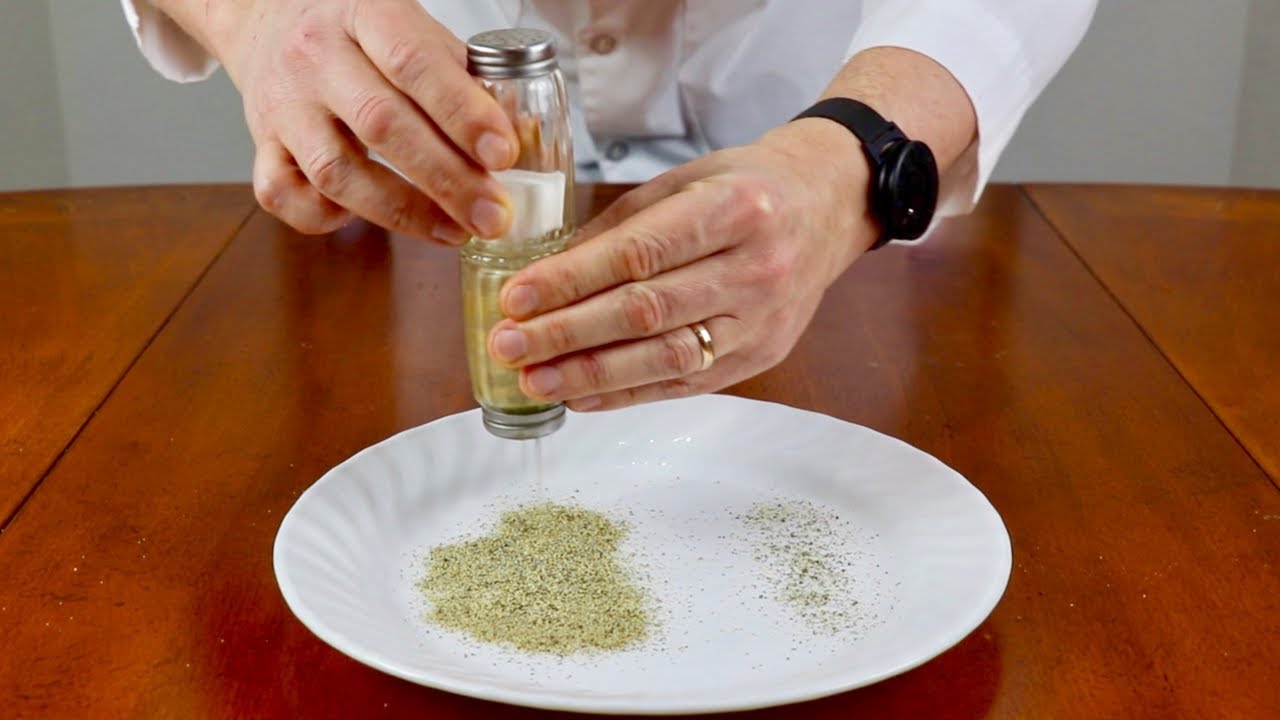
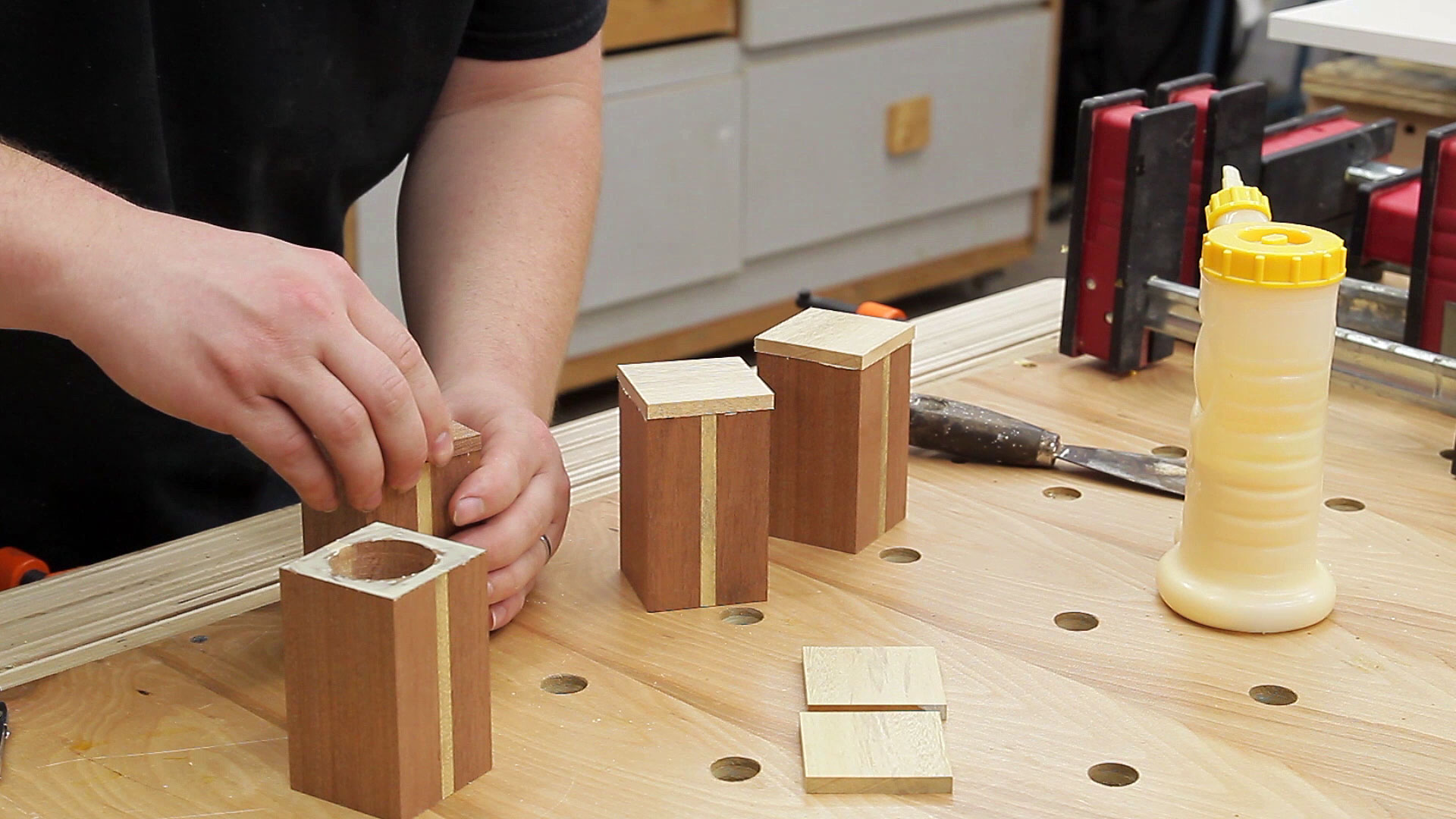
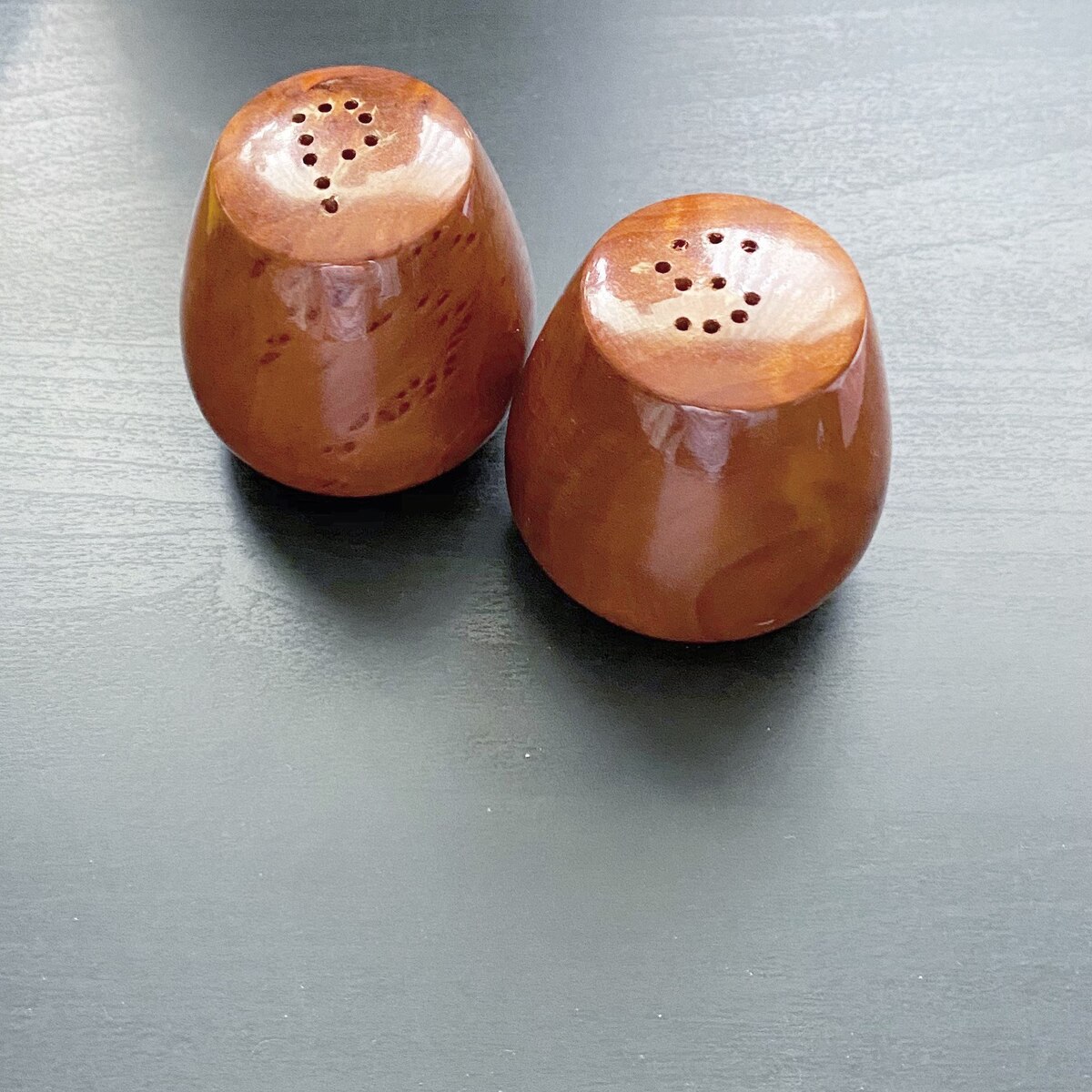

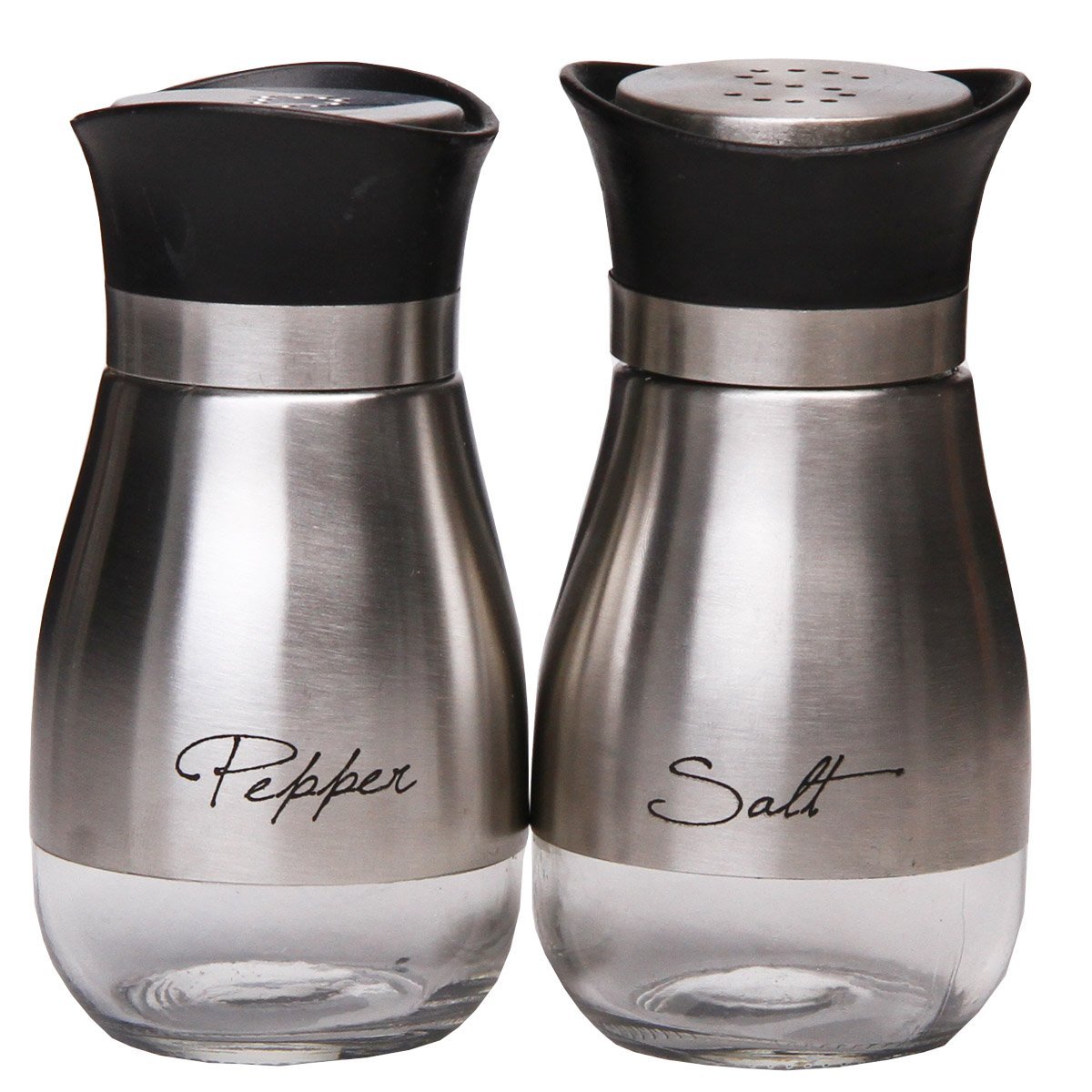
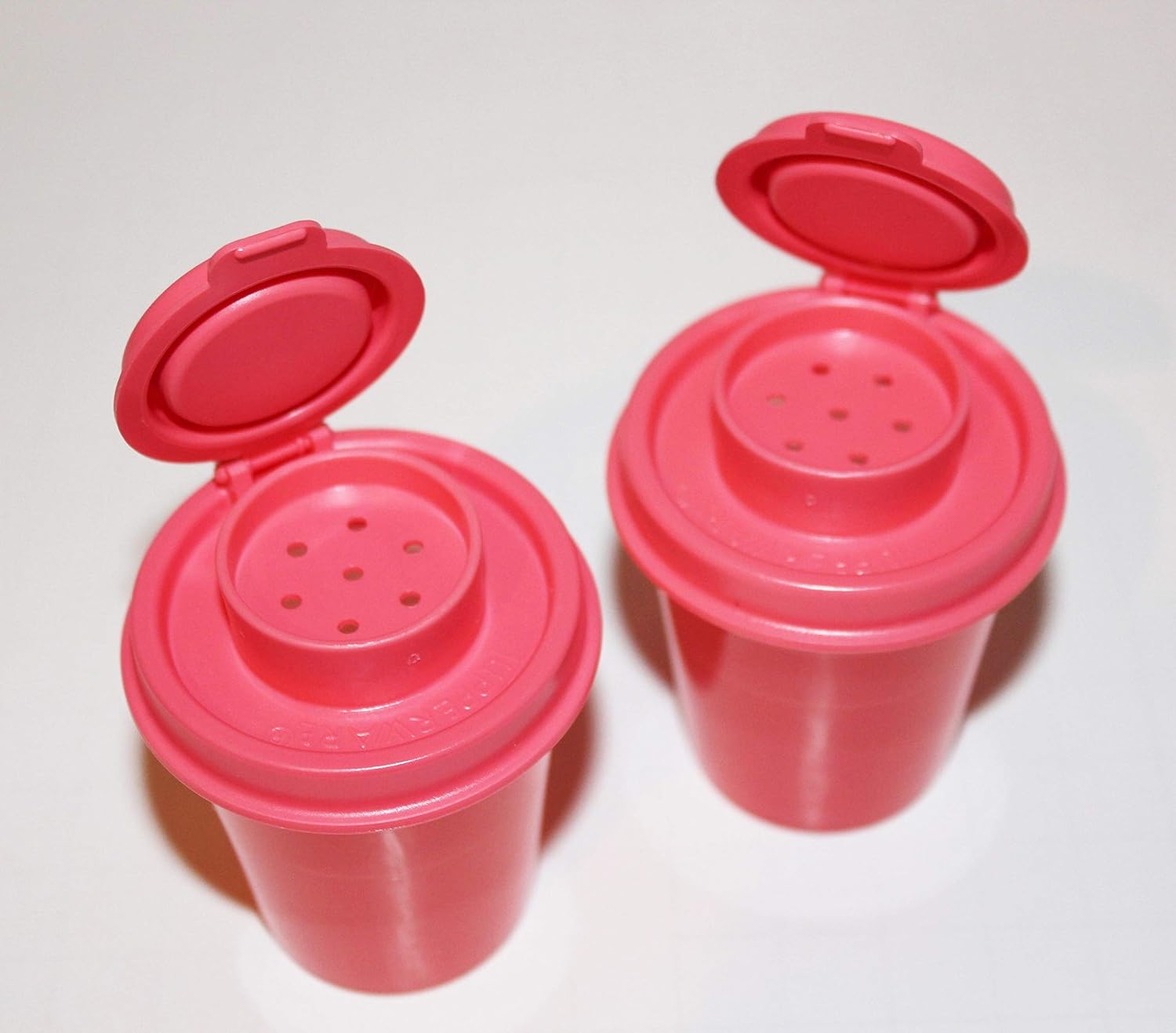
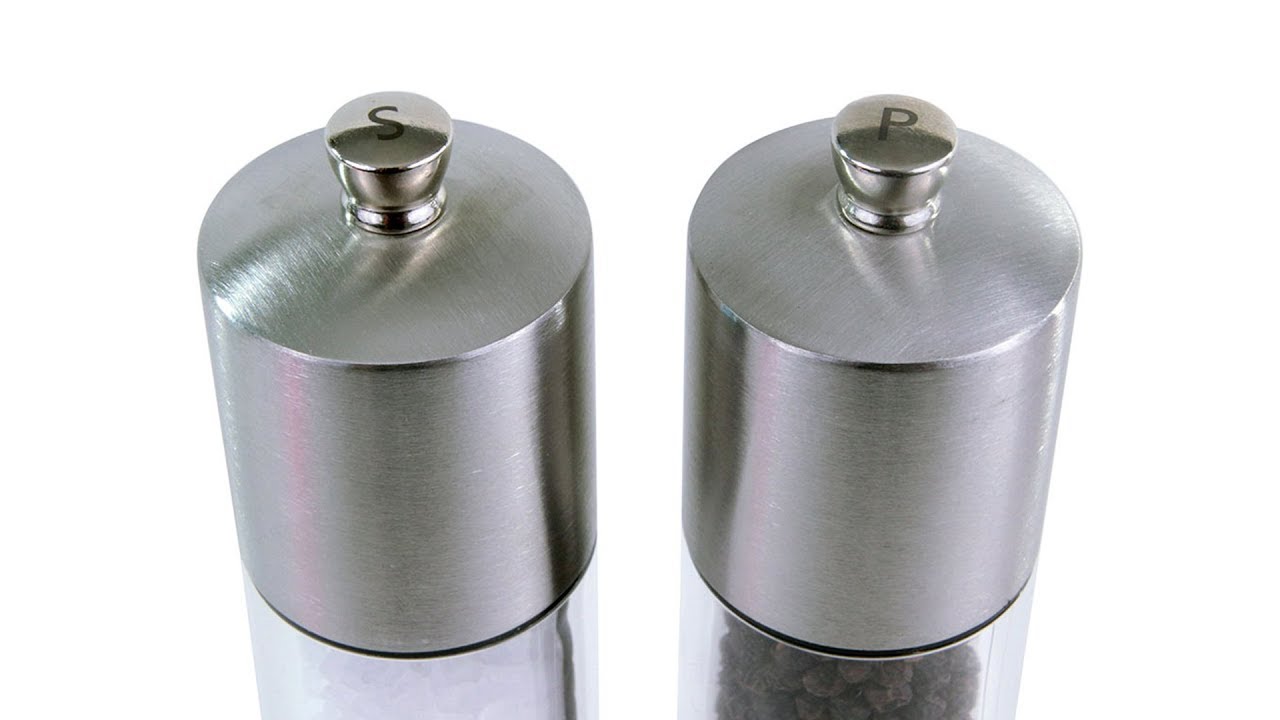
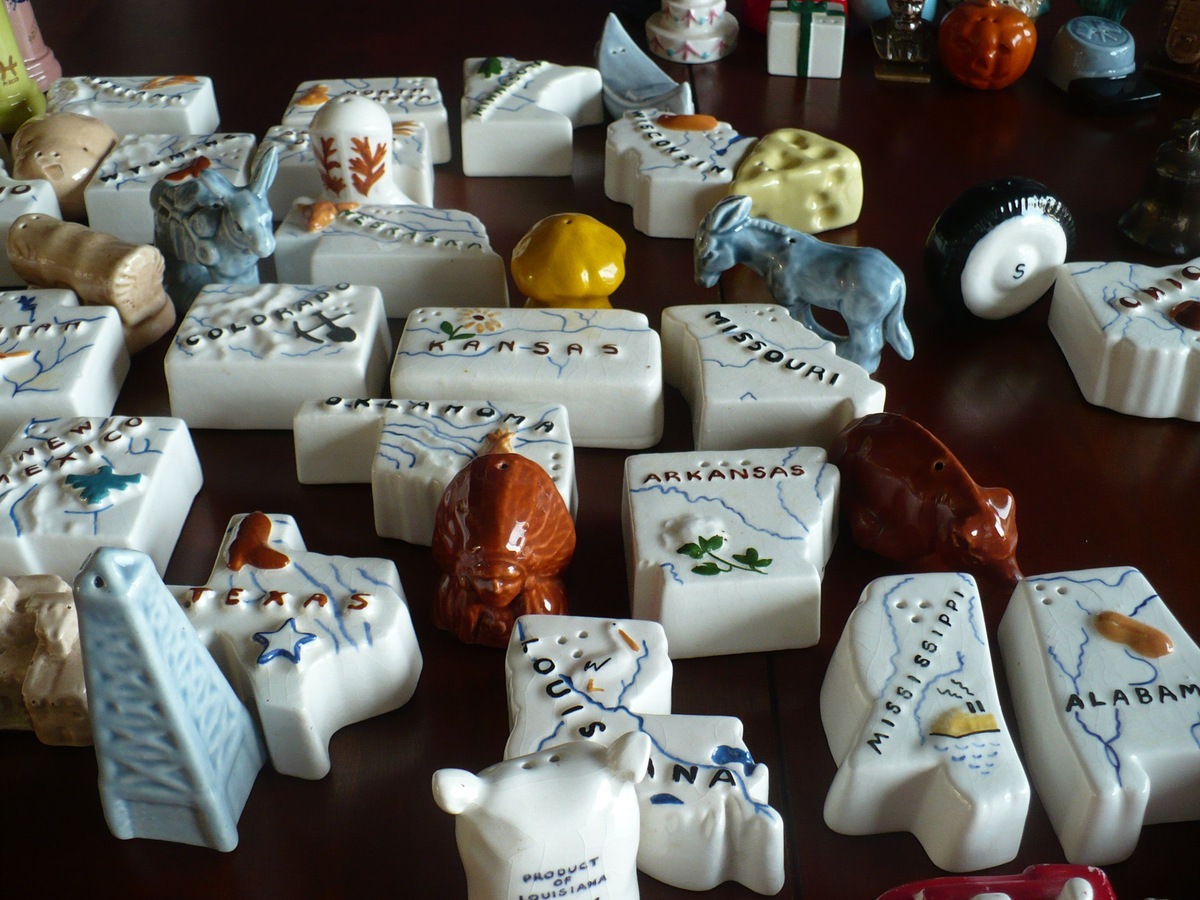
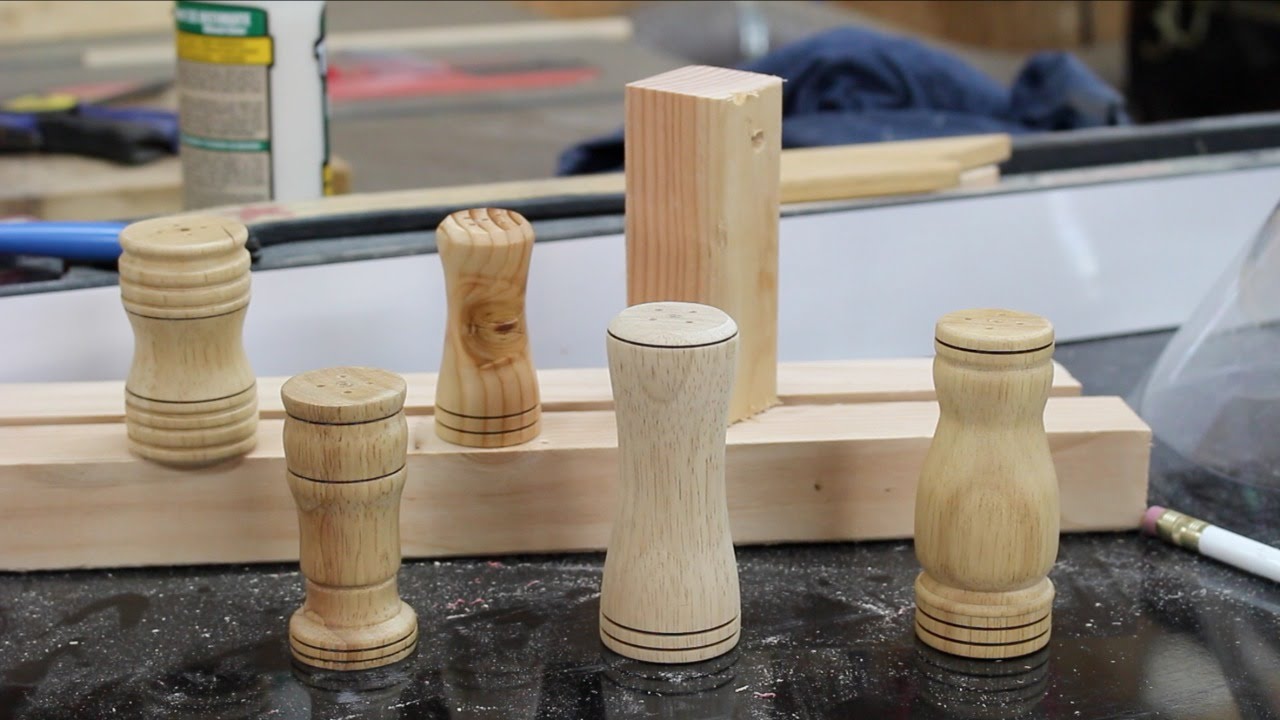
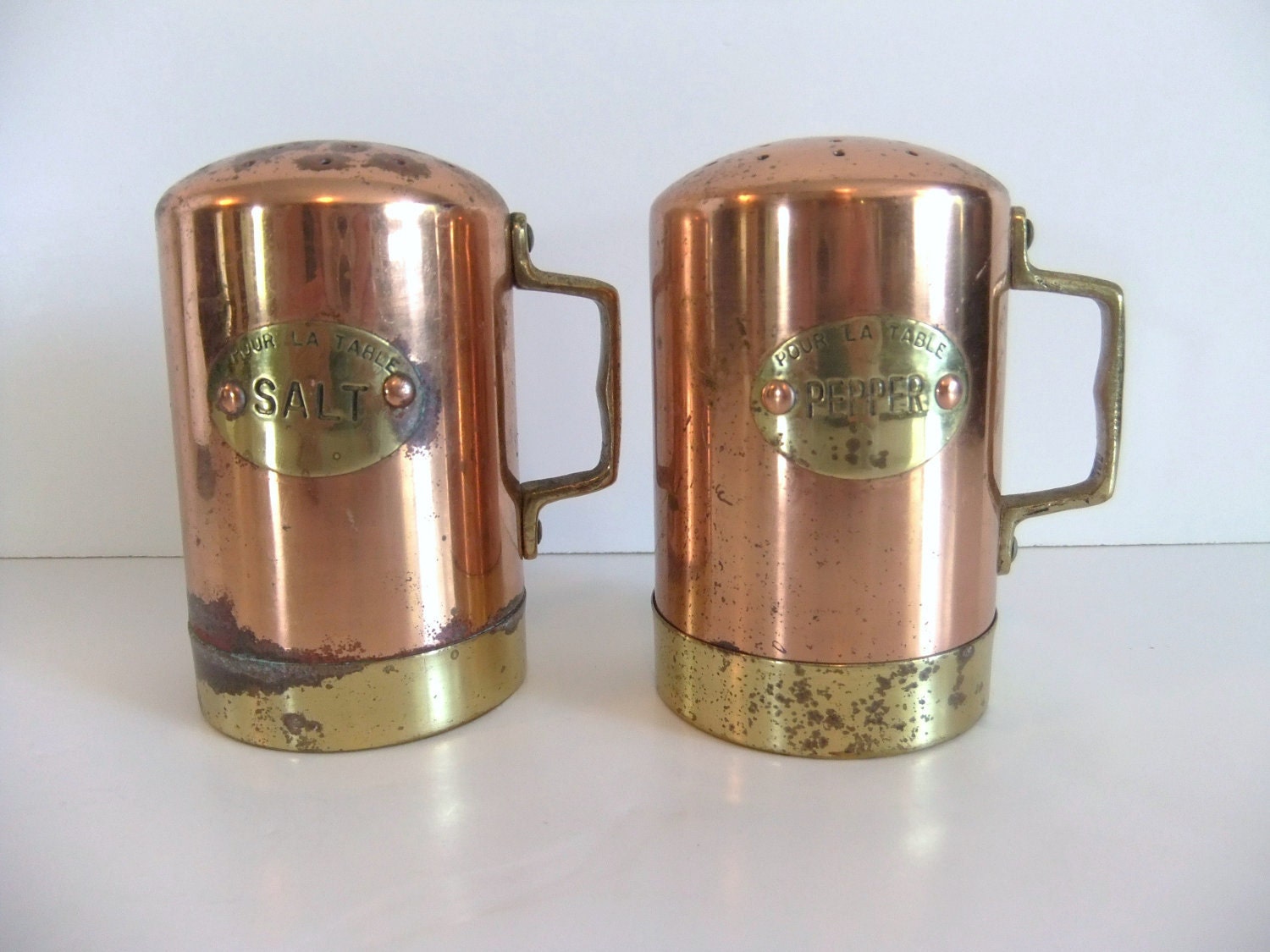
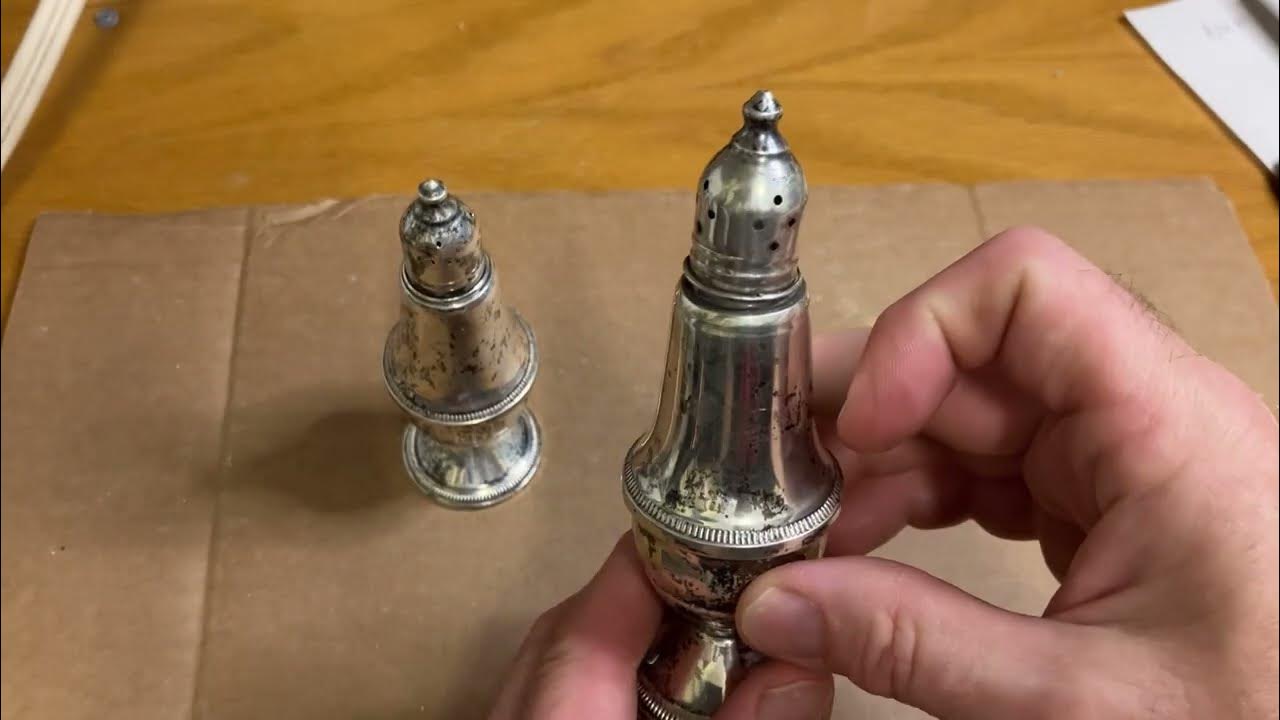
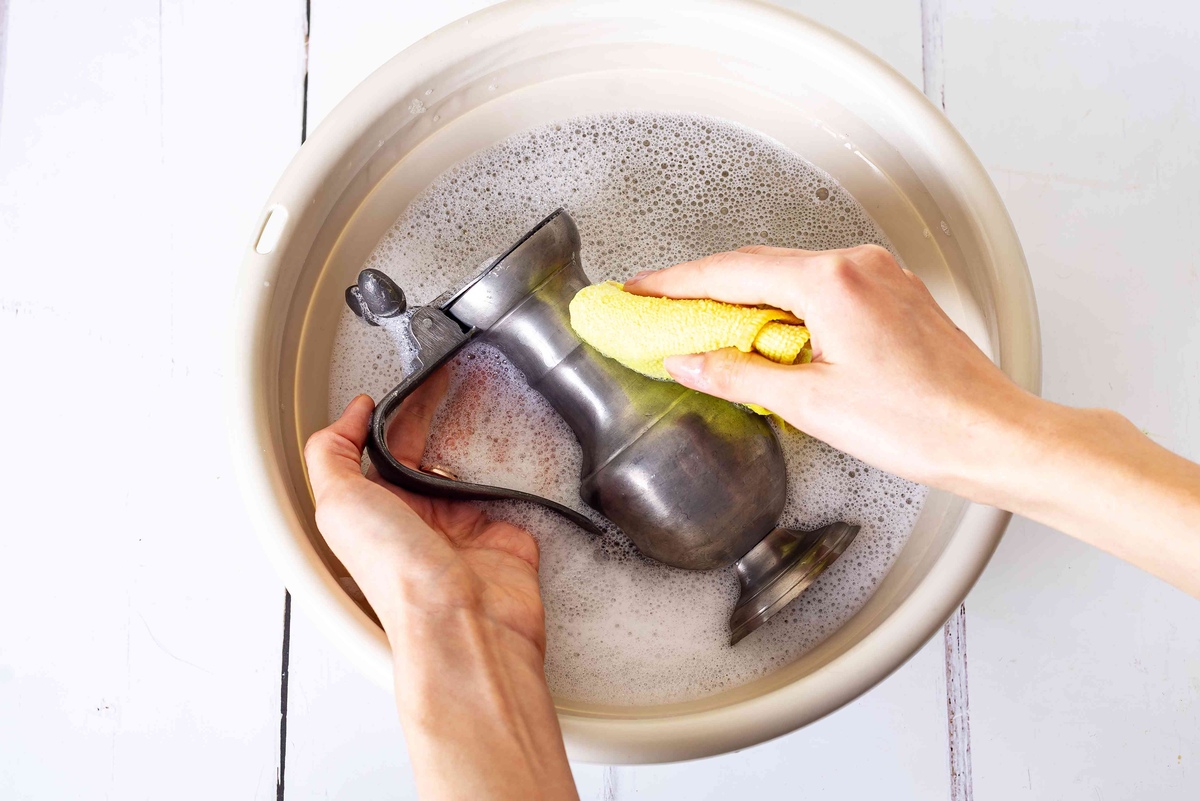
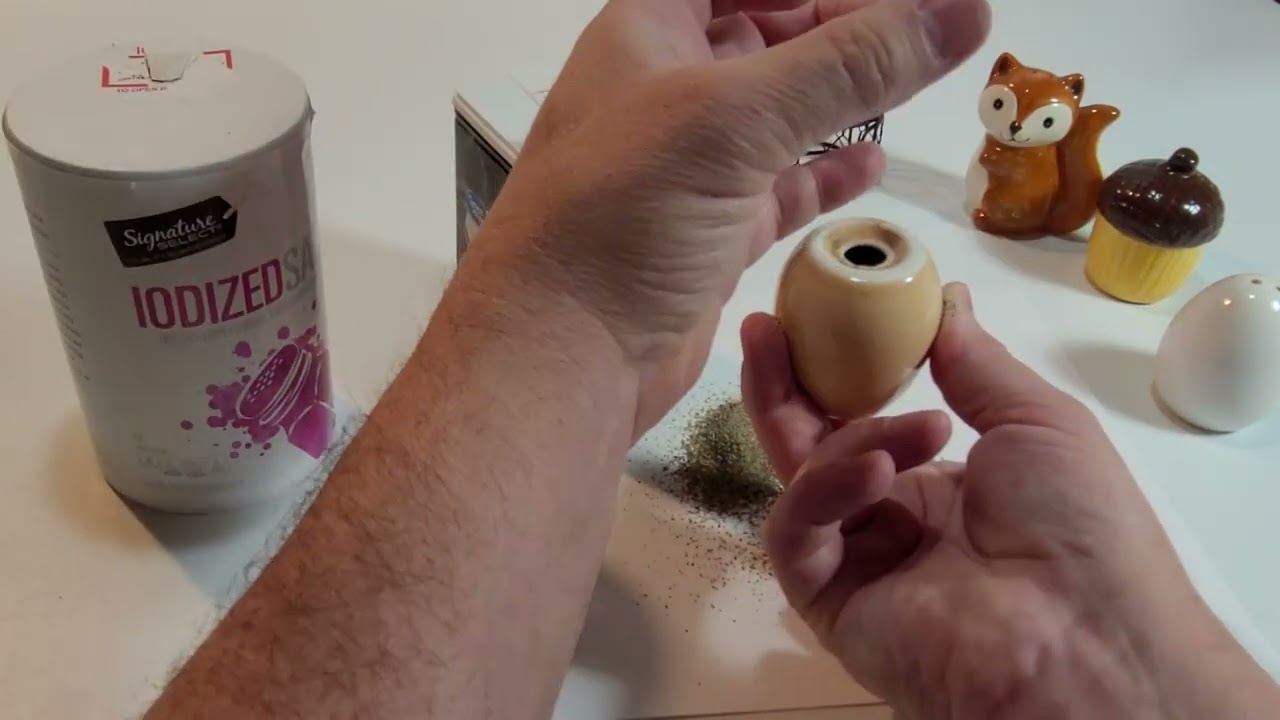
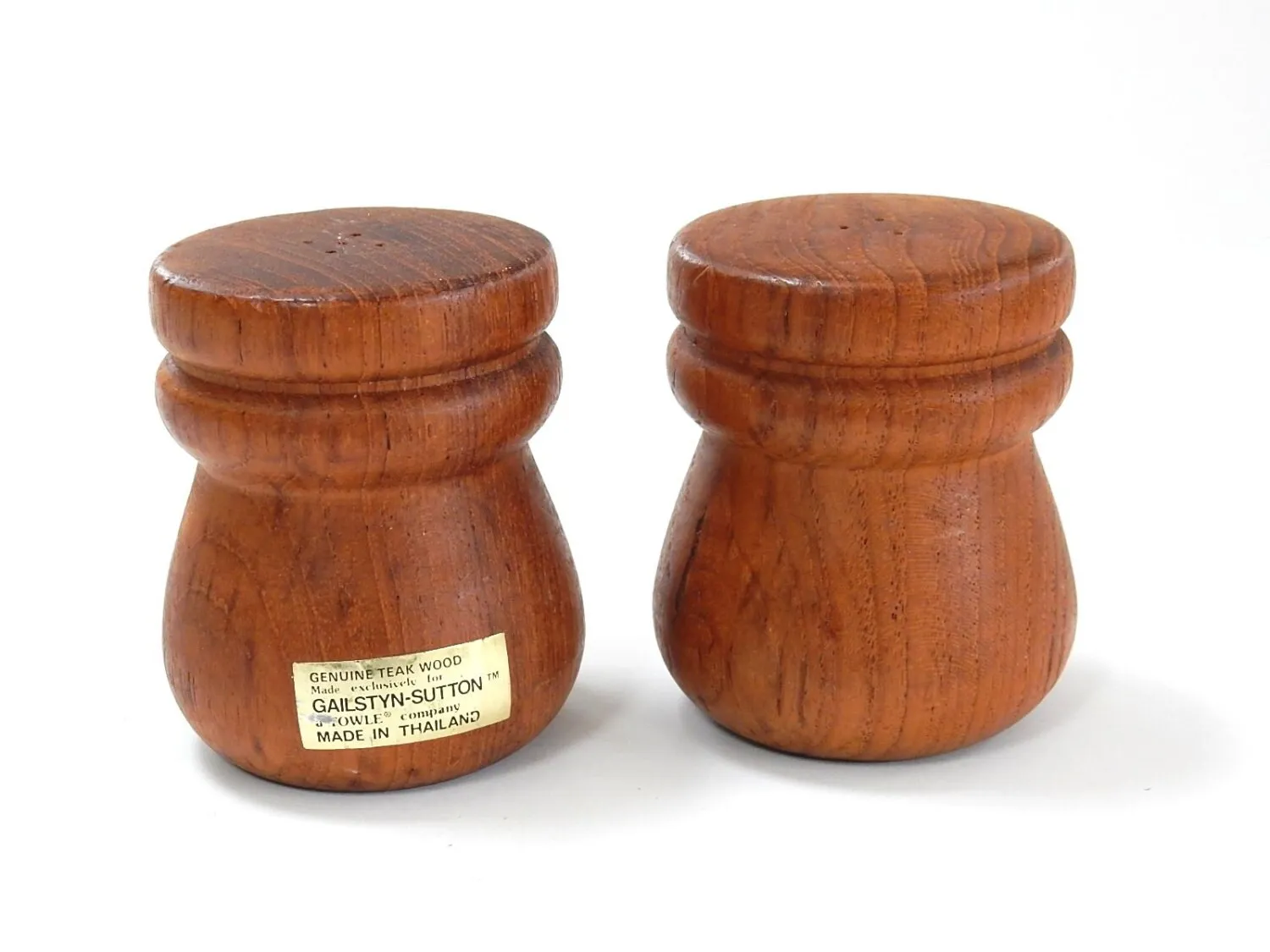

0 thoughts on “How To Tell The Difference Between Salt And Pepper Shakers”